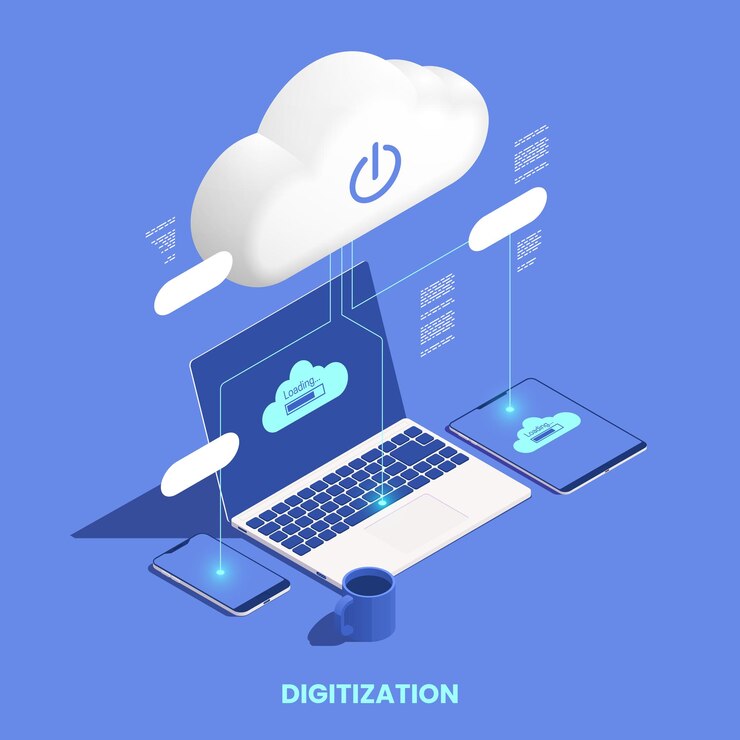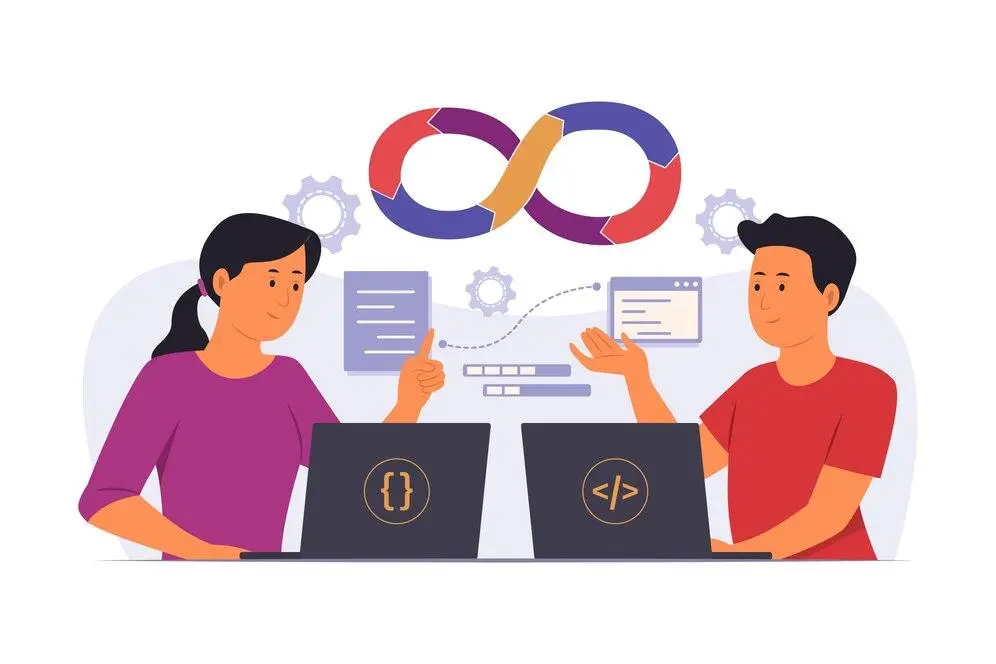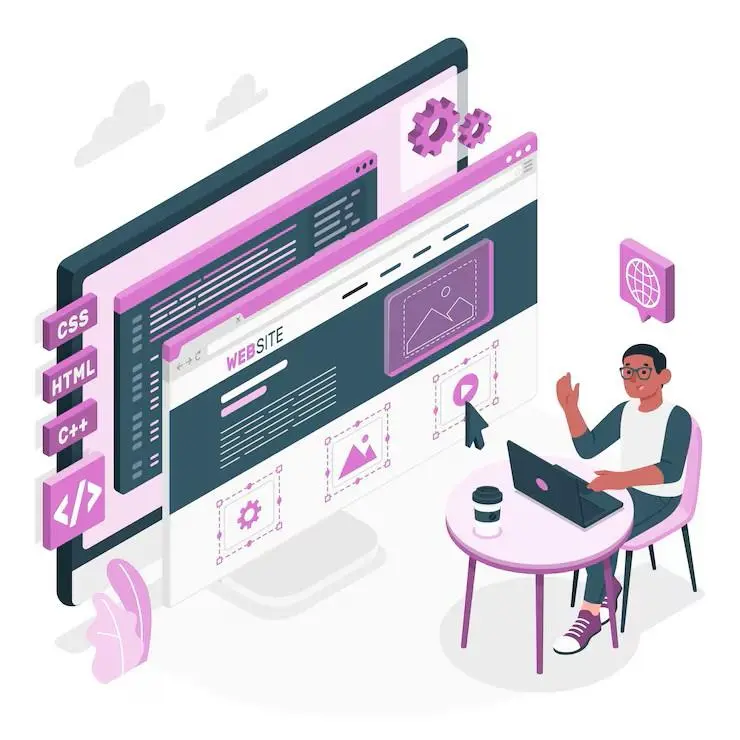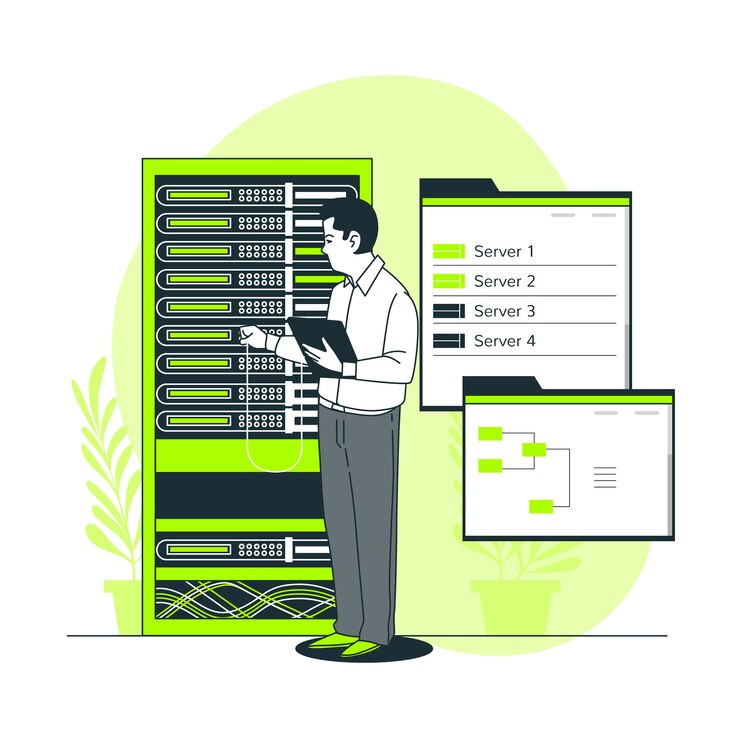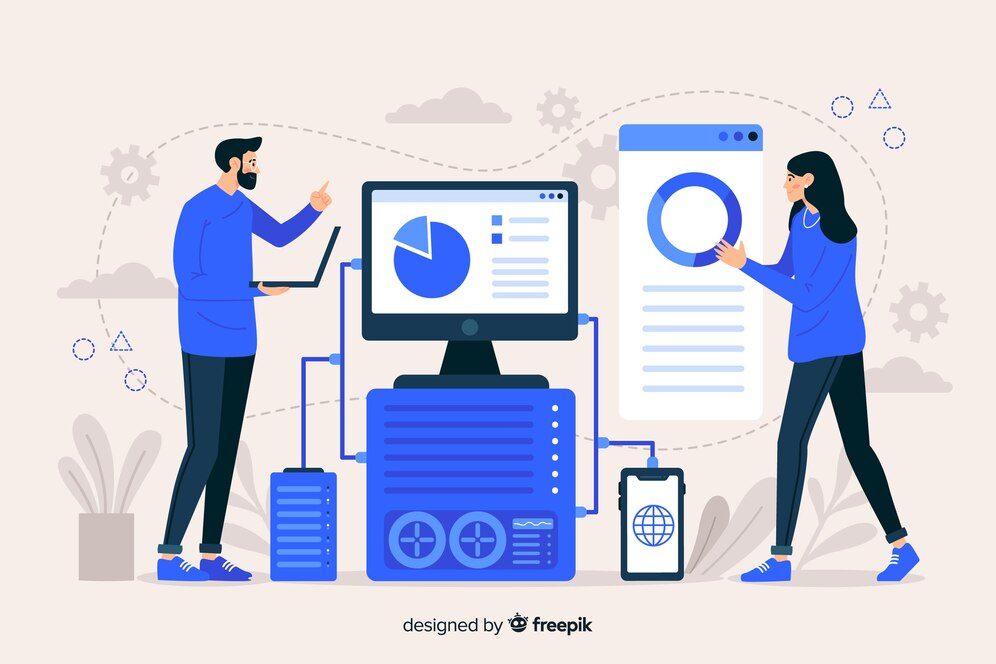Highlights
- Edge AI processes data locally on devices like smartphones and IoT sensors, which reduces latency, improves privacy, and decreases bandwidth use.
- Cloud AI relies on centralized data centers for processing, which leads to higher latency and increased bandwidth requirements.
- Cloud computing complements edge AI by providing scalable processing power, centralized data management, and more!
- Cloud AI generally provides more computing power and storage, making it suitable for complex tasks.
In today’s world of technology, cloud computing, and edge AI are transforming how we process, analyze, and use data. Each of these technologies brings its benefits, and when used together, they create powerful opportunities in many industries. Moreover, when cloud computing and edge AI work together, they make smart systems and applications more efficient, responsive, and intelligent.
So, in this blog, we’ll explore what role cloud computing has with edge AI.
Also, we’ll discuss how their combination shapes the future of smart devices.
What is Edge AI?

Before discussing what role cloud computing has with edge AI, it’s important to understand what edge AI is.
Edge AI refers to deploying artificial intelligence algorithms directly on devices at the network’s edge, such as smartphones, IoT devices, sensors, and even autonomous vehicles. Unlike traditional AI, which typically relies on centralized cloud servers for data processing, edge AI processes data locally on the device. This allows for real-time decision-making, reduces latency, and minimizes the need for constant internet connectivity.
What are the Core Benefits of Edge AI?
- Low Latency: By processing data locally, edge AI can make real-time decisions without waiting for data to be sent to and from the cloud. This is important in applications like autonomous vehicles or industrial automation, where delays could lead to catastrophic outcomes.
- Improved Privacy: Since data is processed locally, sensitive information doesn’t need to be transmitted to the cloud. It’ll minimize the risk of loss of data.
- Reduced Bandwidth Consumption: Edge AI minimizes the amount of data that needs to be transmitted to the cloud. This is beneficial in environments with limited or expensive bandwidth.
- Enhanced Reliability: Edge devices can continue to operate even if the cloud connection is lost, ensuring uninterrupted service.
What is Cloud Computing?
Cloud computing is the practice of using computing resources like servers, storage, software and apps over the internet to manage and process data. You can use powerful remote servers instead of keeping data and software like team software on your local computer.
Moreover, these servers provide much computing power and storage, saving you from buying expensive hardware. To process large amounts of data in the cloud, you need a strong internet connection.
How Edge AI is Different from Cloud Computing Architecture?

Understanding the differences between edge AI and cloud computing is important.
Cloud Computing Architecture
Cloud computing uses centralized data centers to handle and store data. Devices send their data to these centers, where it is processed and analyzed. This setup is great for large-scale tasks like data analysis or training machine learning models. But, since it depends on a fast internet connection, there can be delays, especially when real-time processing is needed.
Edge AI Architecture
On the other hand, edge AI processes data closer to where it’s created, like on smartphones or IoT sensors. This means less data needs to be sent to the cloud, allowing for quick decisions and real-time analysis.
Moreover, processing data locally reduces delays and ensures that apps work even with a weak or spotty internet connection. This is important when instant responses are needed, like in self-driving cars, remote health monitoring, or industrial automation.
What Are the Differences Between Edge AI and AI Cloud Computing?
- Computing Power
Cloud AI offers more computing power and storage than edge AI. This makes it better for handling complex and advanced AI models. Edge AI, however, is limited by the device’s size, which restricts its processing capabilities.
- Latency
Latency impacts productivity, collaboration, application performance, and user experience. High latency leads to slower response times, which can hurt these areas. Edge AI lowers latency by processing data directly on the device, while cloud AI processes data on distant servers, which can increase latency.
- Network Bandwidth
Edge AI needs less bandwidth because it processes data locally on the device. Cloud AI, on the other hand, requires more bandwidth as it involves sending data to remote servers.
- Security
Edge AI enhances privacy by processing sensitive data on the device itself. In contrast, cloud AI sends data to external servers, which could expose sensitive information to third parties.
What Role Does Cloud Computing Have With Edge AI?
Despite the advantages of edge AI, it’s not without its limitations. This is where cloud computing comes into play by addressing its challenges and enhancing its capabilities.
1. Scalable Processing Power
One primary cloud computing role in edge AI is to provide scalable processing power. While edge devices can run AI algorithms, they often have limited computational resources compared to cloud servers.
Moreover, the cloud offers virtually unlimited computing power. It allows more complex AI models to be developed, trained, and optimized. These models can then be deployed to edge devices in a more efficient, lightweight format.
For example, a company might train a deep learning model on massive datasets using cloud servers. Then, they use a smaller, optimized model version to edge devices for real-time inference.
2. Centralized Data Management and Storage
While edge AI is excellent for processing data locally, managing and storing large volumes of data on edge devices can be challenging. Cloud computing offers a centralized platform for data management.
Moreover, it allows for storing vast amounts of data collected by edge devices. This data can then be used for further analysis, model retraining, and deriving insights that can be shared across the entire network.
Additionally, the cloud enables data integration from multiple edge devices, creating a holistic view of the system that can lead to more accurate and informed decisions.
3. Seamless Updates and Maintenance
Deploying and maintaining AI models on many edge devices can be complex. Cloud computing simplifies this by providing a centralized platform for managing model updates, security patches, and software upgrades.
When a new model version is available, it can simultaneously be pushed to all edge devices from the cloud. This minimized the risk of old or vulnerable software running at the edge. This centralized control also allows for continuous monitoring of edge devices. Moreover, it enables quick identification and resolution of issues before they impact operations.
4. Facilitating AI Model Training
Another cloud computing role edge AI plays is in the training phase of AI models. Training deep learning models requires extensive computational resources and access to large datasets. Cloud-based platforms provide the necessary infrastructure for efficiently training these models.
Once trained, these models can be compressed and deployed to edge devices for real-time inference. Moreover, as edge devices collect more data, this information can be sent back to the cloud to retrain and improve the models.
Summary
Cloud computing is pivotal in edge AI because it provides the necessary infrastructure for training, managing, and deploying AI models. In contrast, edge AI enables real-time decision-making at the device level. Together, they create flexible, scalable, and efficient AI-driven solutions. Moreover, understanding what role cloud computing has with edge AI is essential for businesses looking to leverage these technologies to their full potential.
Looking for a way to streamline your IT operations and maximize your cloud investment? With Tambena’s cloud managed services, you get more than just a cloud solution—we deliver peace of mind. Our expert team handles everything from infrastructure management to security and application support. Contact us today and learn how we can transform your IT framework!
